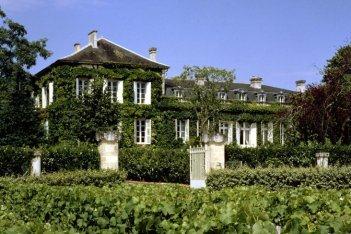2010 Château Talbot St. Julien Bordeaux France Wine Tasting Note
7190 Views
|
2010
Château Talbot (St. Julien)
2010 Talbot Using 62% Cabernet Sauvignon, 33% Merlot and 5% Petit Verdot, the wine offers cassis, earth and tobacco scents. Medium/full bodied, the cassis filled finish shows a hint of green flavors in the end. 88-90 Pts 7,190 Views Tasted Apr 20, 2011 |

When to Drink Chateau Talbot, Anticipated Maturity, Decanting Time
Chateau Talbot can be enjoyed on the young side with several hours of decanting. However, the wine is usually better at 7-10 years of bottle age. Of course, that can vary slightly, depending on the vintage character.
In the best years, the wine will best between 12 and 20 to 25 years of age after the vintage. Young vintages can be decanted for an average of 2 hours. This allows the wine to soften and open its perfume.
Older vintages might need very little decanting, just enough to remove the sediment. Older vintages, from the 1950s, 1960's and 1980's seem to age better than the current years. But time will tell.
Serving Chateau Talbot with the Best Wine, Food, Pairing Tips
Chateau Talbot is best served at 15.5 degrees Celsius, 60 degrees Fahrenheit. The cool, almost cellar temperature gives the wine more freshness and lift.
Talbot is best served with all types of classic meat dishes, veal, pork, beef, lamb, duck, game, roast chicken, roasted, braised, stewed, and grilled dishes. Talbot is also good when served with Asian dishes, hearty seafood, or richly textured fish like tuna, mushrooms, pasta, and cheese.


